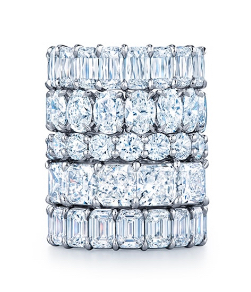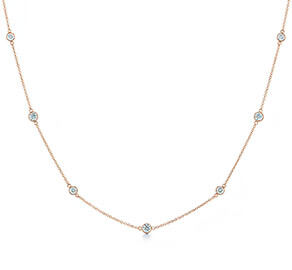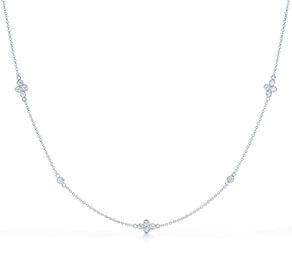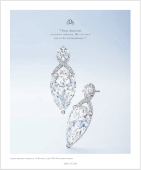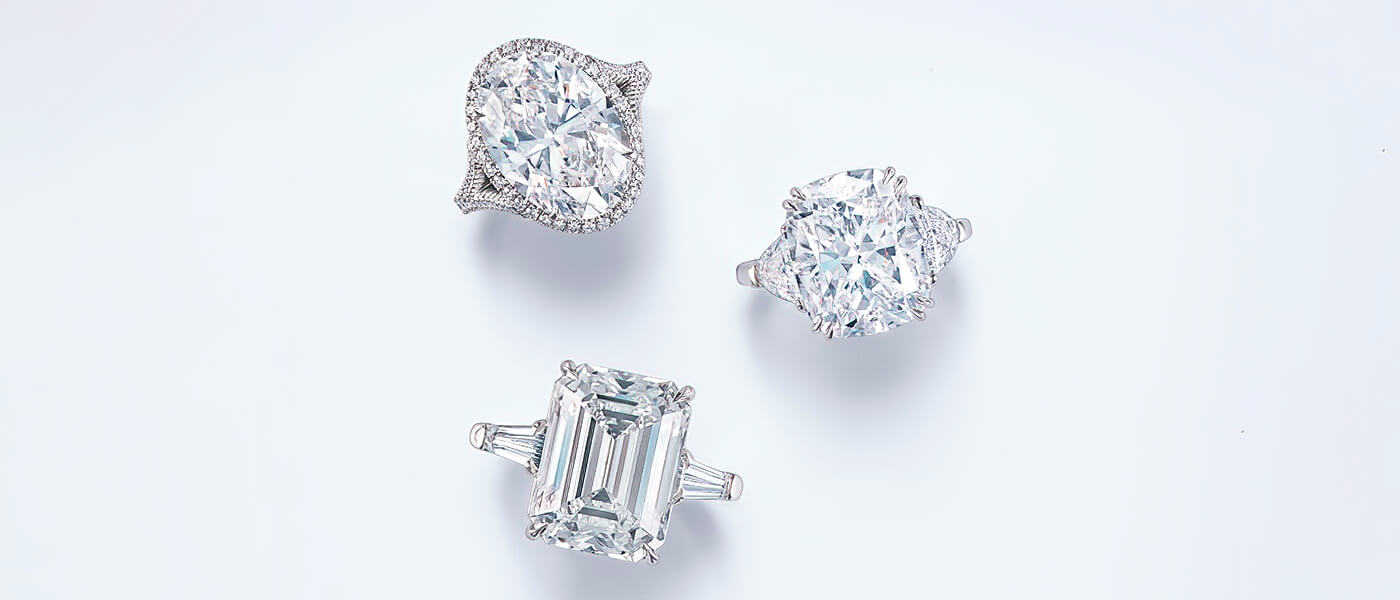BUYING A FANCY SHAPE DIAMOND
When it comes to diamonds, Sheldon Kwiat is not only one of the most knowledgeable in the industry — he’s also one of the best at educating his clients, with an uncanny knack for breaking down technical terms from the gemological world and translating them into, well, what exactly makes diamonds beautiful.
This month, Sheldon explains fancy shape diamonds—what they are, how to choose them, and why it’s essential to work with an expert when buying one.
WHAT EXACTLY IS A FANCY SHAPE DIAMOND?
The easiest way to define a fancy shape diamond is to say what it is not: a round brilliant diamond. All other shapes are referred to as a fancy shape. Some examples are cushions, emeralds, ovals, radiants, pears and marquises.
The marquise was a favorite of my father, David Kwiat, and my grandfather, Sam Kwiat. They favored this shape for its gracefulness and large size appearance for its weight when compared to other shapes. Back in the 1960s and 1970s, marquise and pear shapes were among the most popular shapes for engagement rings. Over time, the round brilliant gained in popularity and is now the most prevalent shape for engagement rings. The trend, however, is starting to shift back toward fancy shapes. At Kwiat, our clients come to us to find something different from what they see elsewhere, so most of the engagement rings we design and craft are fancy shapes. We also use fancy shapes in many of our diamond jewelry collections. In fact, we’re currently working on designs that feature marquise shapes that will be released later this year.
WHAT SHOULD SOMEONE KNOW WHEN COMING IN TO BUY A FANCY SHAPE DIAMOND?
First, you should come in with an open mind. Try on a few different shapes to get a sense of what looks best on you. If you’re looking for something with an elongating and slimming effect on the finger, you might prefer a marquise or an oval in the traditional North/South orientation. For maximum brilliance, you might be drawn to a radiant or a princess. If you prefer a more understated brilliance, then an emerald or an asscher might be right for you.
Once you identify the shape−or shapes−you like, you’re ready to begin looking at the actual diamonds. It’s important to remember that a diamond is a natural product—it’s not like a suit, where you can tailor it if it’s too long in the arms or too big in the chest. One shape can look very different from one stone to another. For example, you can have a marquise shape that is quite long and narrow, or one that is shorter and wider. There are certain dimensions that are more or less considered industry standards to achieve the most pleasing shape—but beauty is in the eye of the beholder.
HOW DOES THE PRICE OF A FANCY SHAPE DIAMOND COMPARE TO A ROUND DIAMOND? DOES THE TERM “FANCY” MAKE IT MORE EXPENSIVE?
Fancy does not necessarily mean more expensive. Diamond pricing has many dimensions, such as the shape of the diamond and demand. The more carat weight sacrificed in the cutting of a diamond, the more expensive per carat it should be. For instance, you typically have the greatest weight loss when you cut a marquise, pear or oval shape and less weight loss for a round brilliant. Everything being equal (carat weight, color, clarity), fancy shapes should cost more than a round brilliant—but because of current market demand, they don’t.
With step cuts, like an emerald or asscher, you get significantly greater percentage delivery from the rough, so they tend to be even less costly per carat than a marquise, pear or oval, and certainly less than a round brilliant. The step cut faceting provides a much clearer view into the diamond, which means you may need to spend a bit more on a higher clarity grade. And you might need to size up to achieve the same look.
IS IT TRUE THAT THE GIA DOES NOT GRADE FANCY SHAPES? WHAT DOES THIS MEAN FOR A POTENTIAL BUYER?
Fancy shape diamonds still receive a grading from the Gemological Institute of America (GIA) on the other three Cs (carat weight, color and clarity); they just don’t receive a cut grade, which is the most important C at Kwiat. While the GIA continues its work to establish an accurate grading system for fancy shape diamond cuts, it is imperative that those looking to buy a fancy shape diamond seek out a jeweler they can trust.
Cutting a round diamond from rough is like an equation, and it’s an easy one, since a round brilliant is symmetrical in every direction. No matter how you fold it, a circle will match its other half. But a fancy shape diamond is different. That’s what makes grading its cut so difficult. It takes a trained eye to detect whether or not a diamond has been cut for maximum brilliance.
At Kwiat, we ensure that our fancy shape diamonds are properly proportioned and that the angles are within the parameters that we know produce a certain brilliance in a stone. Reaching the perfect balance of brightness, fire and scintillation is both an art and a science – a skill that takes a lifetime, or more, to perfect. While beauty might be in the eye of the beholder, exceptional brilliance is undeniable. That’s why you need to buy from a reputable source, someone who has seen thousands of diamonds and knows maximum brilliance when they see it.










